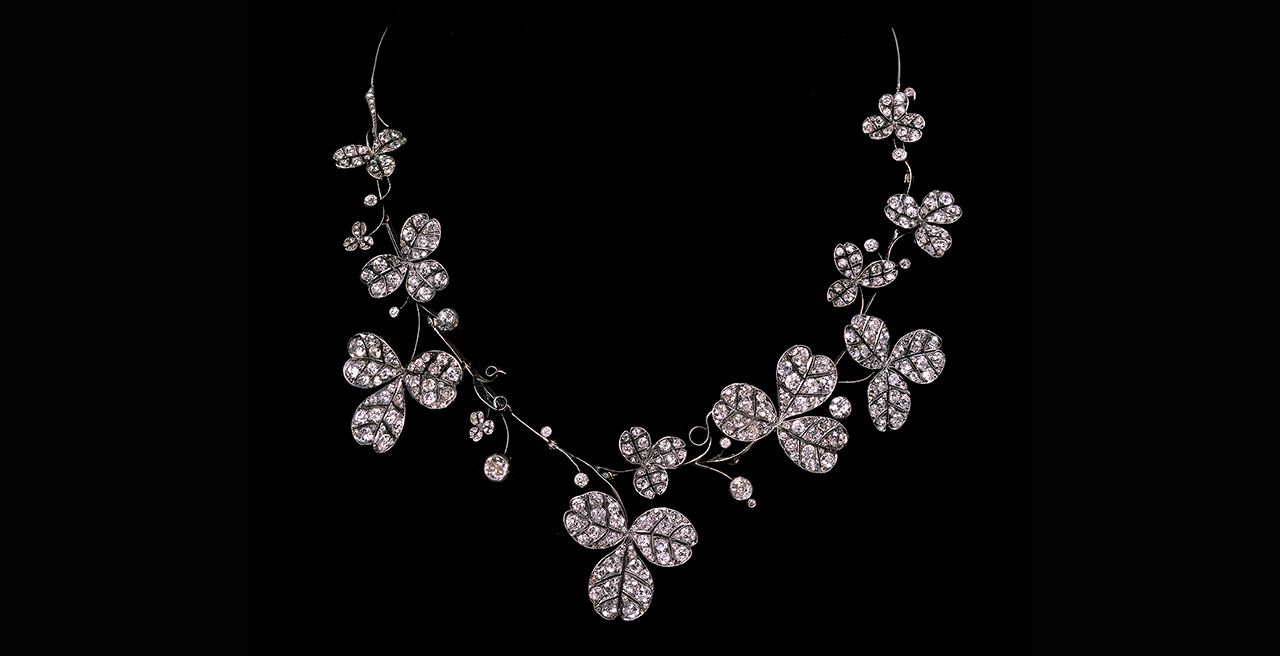Faerber-Collection
Dealers in exceptional gemstones and jewelry
Est. 1968
Faerber-Collection
Dealers in exceptional gemstones and jewelry
Est. 1968

Exhibitions
GemGenève
Geneva International Gem & Jewellery Show
Booth E90-F91
09.05.2024
-
12.05.2024
Palexpo – Palais des Expositions et des Congrès | Geneva | Switzerland
Submit a gem
Estimate your jewelry
Faerber Collection would be pleased to advise you

